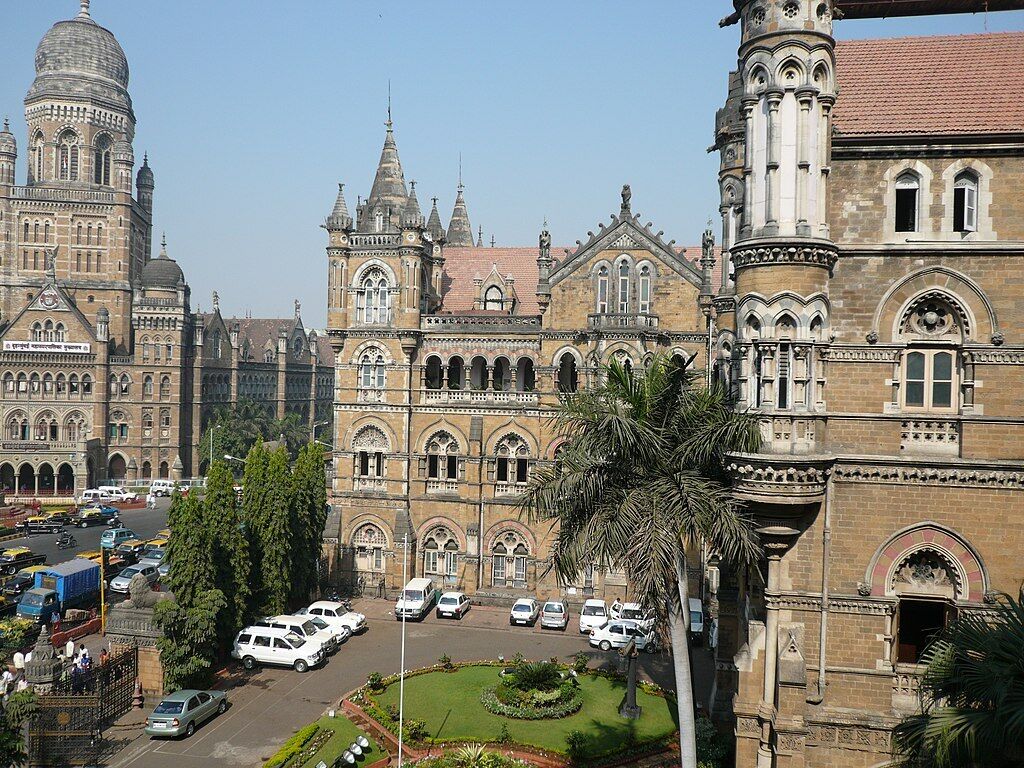A glance into the past: marvelous railway stations of India

The first railway line in India was opened in 1853 between Mumbai and Thane. Since then, the Indian railway system has become an essential part of the country's history, covering 68 thousand kilometers of railways.
Today, the Indian railway is not just transportation; it is a unique experience where numerous stations offer breathtaking scenery, architecture, and historical heritage. Newsbytesapp writes about the stations in India that are worth visiting to experience all the splendor of the culture.
1. Chhatrapati Shivaji Railway Station, Maharashtra
The most visited railway station in India, Chhatrapati Shivaji, serves more than 3 million passengers daily. Built in 1888 by British architects, this architectural masterpiece combines Victorian neo-Gothic with Indian motifs. The station is a symbol of Mumbai and is a UNESCO World Heritage Site. The central vault of the building is crowned by a female figure symbolizing progress, and the pilasters at the main entrance are decorated with statues of a tiger and a lion, representing India and Great Britain, respectively.

2. Gum Railway Station, West Bengal
Tucked away in a picturesque area beneath the Himalayas, the Gum Railway Station in West Bengal was established in 1881. Being one of the smallest stations in the country, it acts as a gateway to the picturesque hill station of Darjeeling. Gum is located at an altitude of 2258 meters and is considered the fourteenth highest in the world.
3. Cherukara Railway Station, Kerala
The city of Cherukara in Kerala is served by the Cherukara Railway Station, a small narrow-gauge section of the Southern Railway between Shoranur and Mangalore. This section of the route is known for its breathtaking scenery, as the rails run among the trees on both sides. The unique feature of Cherukara station is its aesthetic appeal, provided by the platform surrounded by trees.
4. Wellington Railway Station, Tamil Nadu
Wellington Station, part of the Nilgiri Mountain Railway in Tamil Nadu, has been designated a UNESCO World Heritage Site. Built by the British during colonial rule, the Nilgiri Mountain Railway is a historical connection reflected in the station's architecture and infrastructure. With its quaint buildings and Old World charm, the station, surrounded by lush tea gardens and rolling hills, becomes a gateway to the pristine beauty of Ooty.
5. Barog Railway Station, Himachal Pradesh
Barog station is an important location associated with the construction of the Kalka-Shimla railway. The station is a UNESCO World Heritage Site. The architecture of this station, as well as others along the route, reflects the charm of the colonial era with its wooden interiors, sloping roofs, and charming facades reminiscent of its former elegance. Located in the hills, Barog pampers its visitors with a pleasant and cool climate.



















